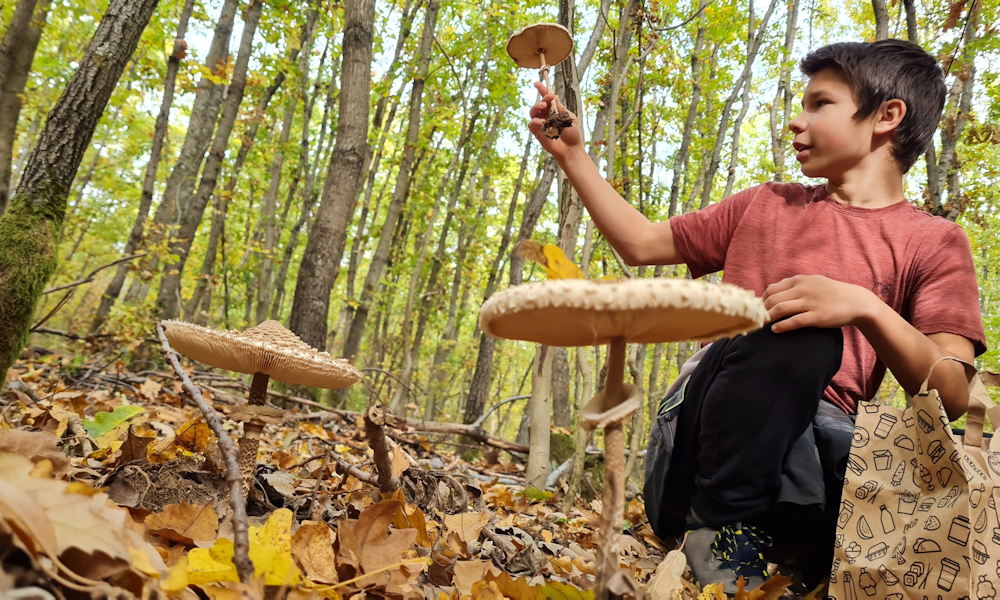Mushroom picking has deep roots in our history, offering a unique connection with nature. Among the forest’s treasures, the parasol mushroom (Macrolepiota procera) stands as a cherished favorite, prized for its delectable taste and distinctive appearance. This tradition has evolved from a leisurely pursuit to a sustainable, nature-conscious endeavor in recent years, with a growing emphasis on protecting the environment.
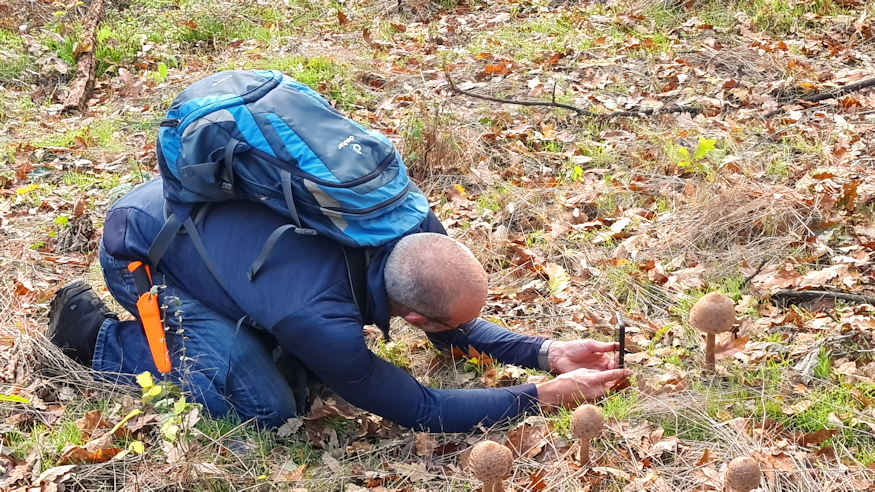
How to Recognize a Parasol Mushroom
The parasol mushroom boasts unmistakable characteristics, making it ideal for novice foragers. Its large, brown-dotted cap and tall, striated stem set it apart. However, it’s crucial to pick young specimens, as older ones become fibrous and less digestible. These mushrooms thrive in open woodlands, meadows and parks, with autumn being the prime season for foraging, particularly after rainy spells.
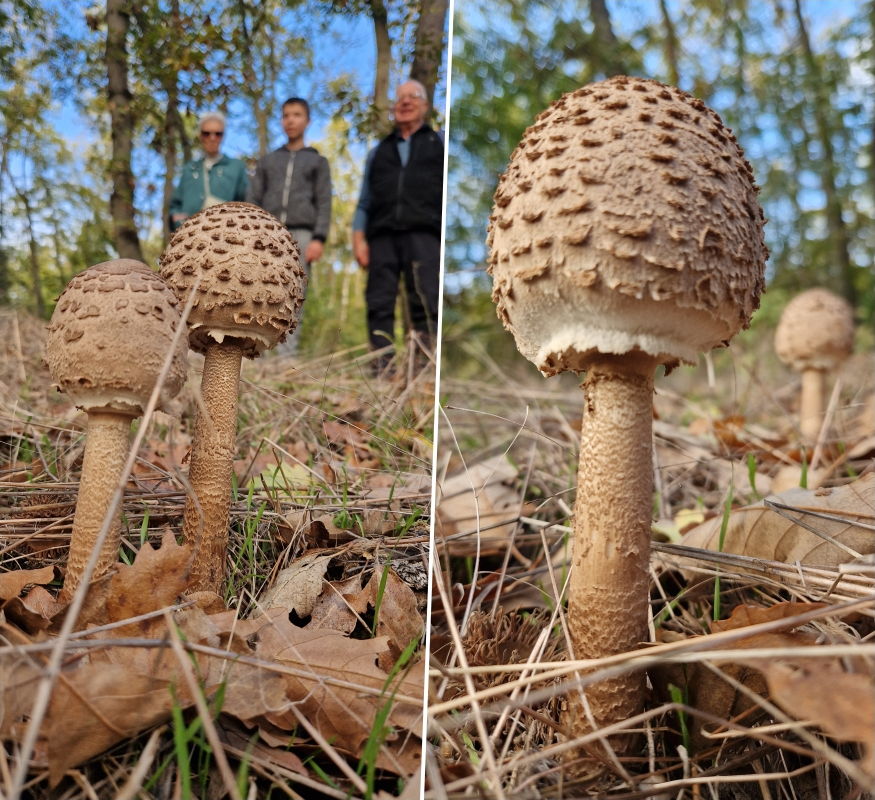
Key Features for Identification
- Cap: Starting out convex, the cap can reach up to 30 cm in diameter, transforming into an umbrella-like shape. Its light brown base is adorned with darker, denser dots in the center, gradually fading toward the edges.
- Stem: A long, slender stem reaching heights of over 40 cm, featuring a whitish surface with a scaly pattern near the cap. The lower part is smooth and thin, while the upper section sports a sliding white ring.
- Flesh: The white or pale cream flesh is both hard and crunchy, emitting a pleasant aroma when freshly picked.
- Spore: White or cream-colored spores contribute to identification.
- Habitat: These mushrooms thrive in grassy, open areas, fields, meadows, glades and forest edges, often appearing in groups.
- Season: Their growth spans from early summer to late autumn, with a preference for rainy periods.
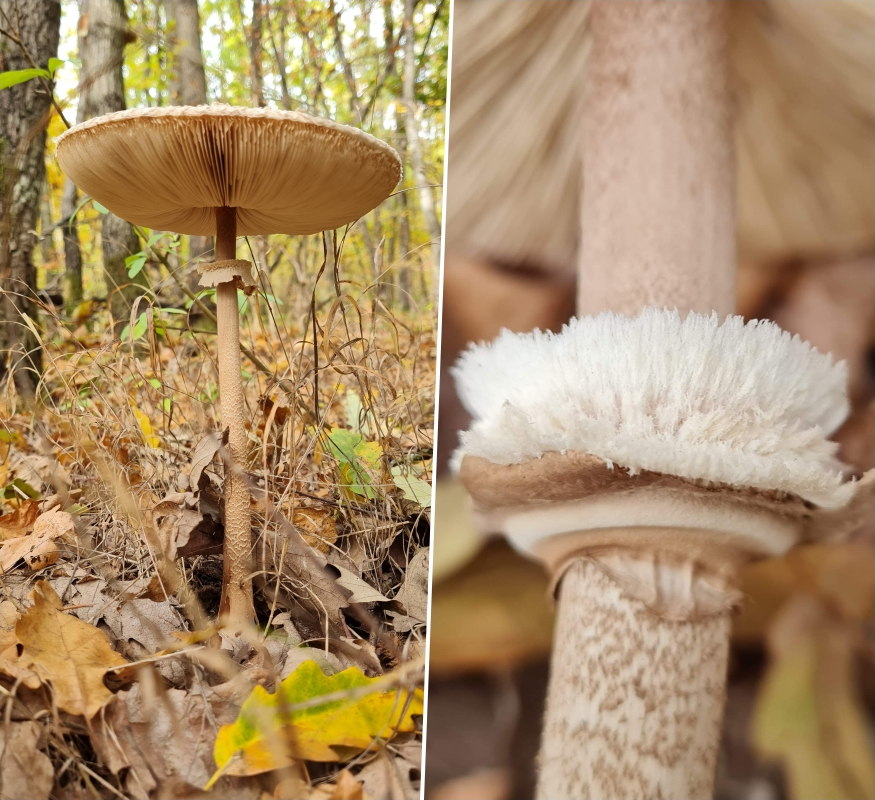
While the parasol mushroom resembles other species, especially when young, there are distinguishing characteristics to help differentiate it. Always exercise caution, especially if you lack experience, and seek professional assistance if unsure, as confusion can lead to poisonous encounters.
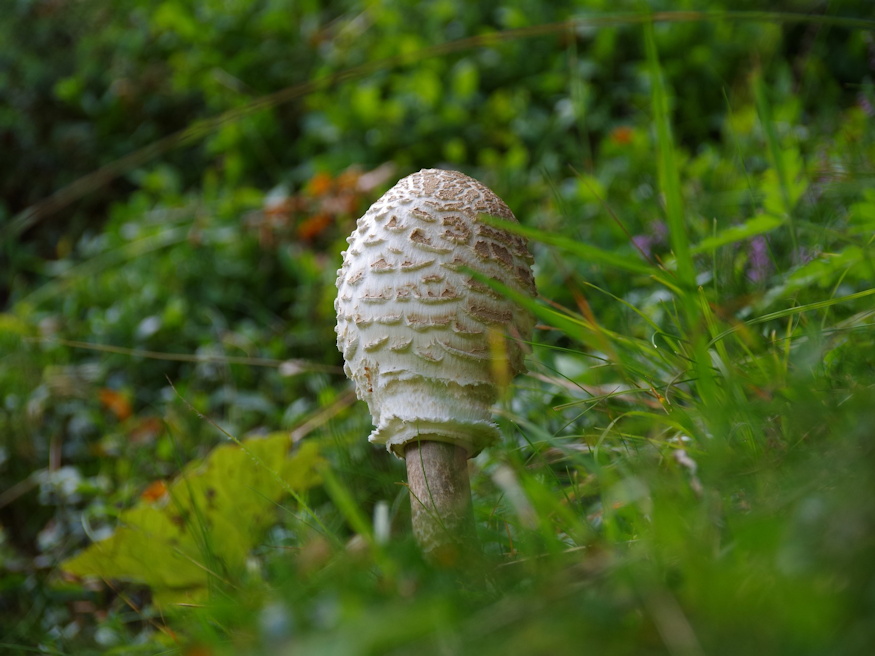
Handle with Care
Experts advise twisting the parasol mushroom from the stem’s base or cutting it with a knife to preserve the environment and the mycelium in the soil. Store freshly picked mushrooms in a cool, dry place, with drying being the best preservation method. Alternatively, keep them in dry paper in the refrigerator for a few days, or outdoors if the weather is cool.
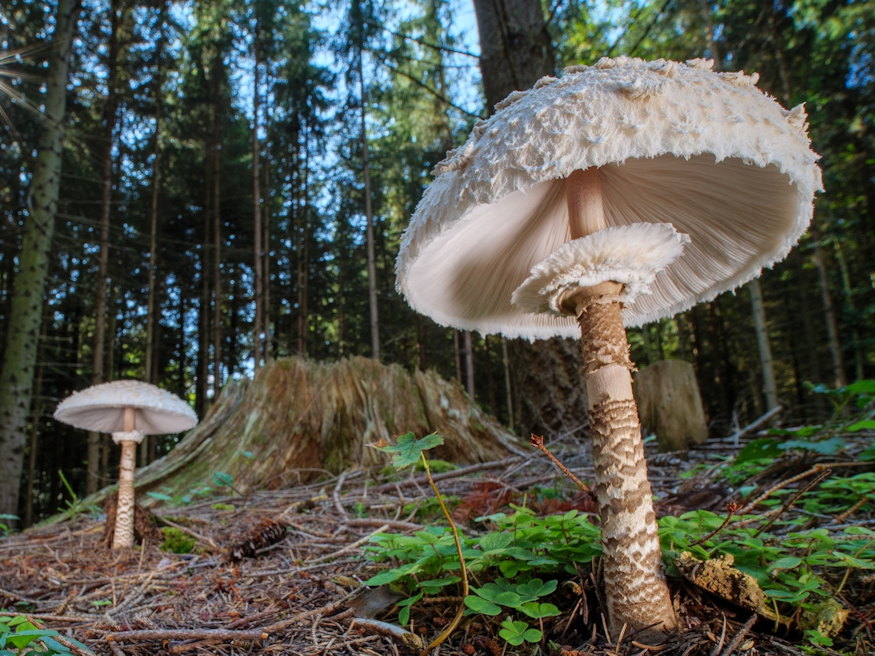
Delightful Culinary Options
The parasol mushroom, with its unique flavor and versatile nature, offers a myriad of culinary possibilities. While stir-frying is a crowd-pleaser, there’s a whole world of creativity waiting to be explored in your kitchen.
1. Classic Sautéing: The most popular and straightforward way to prepare parasol mushrooms is to sauté them in butter or olive oil. Slice the young, tender caps and stems, then toss them in a hot pan until they develop a golden-brown crust. Season with salt, pepper and fresh herbs for a simple yet exquisite dish. This method allows the mushrooms’ natural flavor to shine, making it a favorite among foragers.
2. Creamy Soups: Parasol mushrooms can elevate your soup game. Create a rich and creamy mushroom soup by blending sautéed parasol mushrooms with vegetable or chicken broth. Add a splash of cream, herbs and a pinch of nutmeg for a luxurious finish. The result is a velvety, earthy soup that warms your soul on a chilly day.
3. Stuffed Delights: Unleash your culinary creativity by using parasol mushrooms as a delightful filling. Remove the stems, chop them and mix with breadcrumbs, garlic, herbs and cheese. Stuff the mushroom caps with this flavorful mixture and bake until they’re tender and bubbling with cheesy goodness. Stuffed parasol mushrooms make a superb appetizer or even a hearty side dish.
4. Pasta and Risotto: Incorporate sautéed parasol mushrooms into pasta dishes or risottos. Their earthy notes complement the creamy textures of risotto or the al dente bite of pasta. Finish with a drizzle of truffle oil or a sprinkle of Parmesan cheese for a restaurant-quality experience at home.

5. Crispy Breaded and Deep-Fried Parasol Mushrooms: If you’re looking to add an extra layer of indulgence to your culinary adventures with parasol mushrooms, consider the delightful option of breaded and deep-fried morsels. This preparation method takes these woodland treasures to a whole new level of gourmet satisfaction.
Breading Perfection: Start by cleaning and slicing the parasol mushroom caps into thick, even pieces. Create a breading station with three components: flour, beaten eggs and breadcrumbs. First, lightly coat the mushroom slices with flour, ensuring they are evenly dusted. Then, dip them into the beaten eggs, allowing any excess to drip off. Finally, coat the mushrooms generously with breadcrumbs, pressing them firmly to ensure a crispy, golden crust.
The Deep-Frying Adventure: Heat a pot of vegetable oil or your preferred frying oil to around 350°F (175°C). Carefully lower the breaded mushroom slices into the hot oil using a slotted spoon, working in small batches to avoid overcrowding. Fry them until they turn a beautiful golden brown, which should take around 3-4 minutes. Make sure to keep a close eye on them to prevent overcooking. Once they reach perfection, transfer them to a paper towel-lined plate to drain any excess oil.
Season and Savor: While they’re still hot, season your deep-fried parasol mushrooms with a pinch of salt, a dash of your favorite spices or a sprinkle of grated Parmesan cheese for an extra burst of flavor. Serve them as a scrumptious appetizer or a delectable side dish. The crispy exterior complements the tender, savory interior, creating a delightful textural contrast that will leave your taste buds singing.
Dipping Sauces: For an added dimension of taste, pair your breaded and deep-fried parasol mushrooms with a variety of dipping sauces. Consider options like garlic aioli, marinara or a zesty ranch dressing to elevate the culinary experience even further.
The parasol mushroom’s adaptability in the kitchen knows no bounds. It offers a canvas for culinary exploration, allowing you to savor the wonders of nature in every bite. So, whether you’re a seasoned chef or an amateur cook, embrace the versatility of the parasol mushroom and let your culinary imagination run wild.
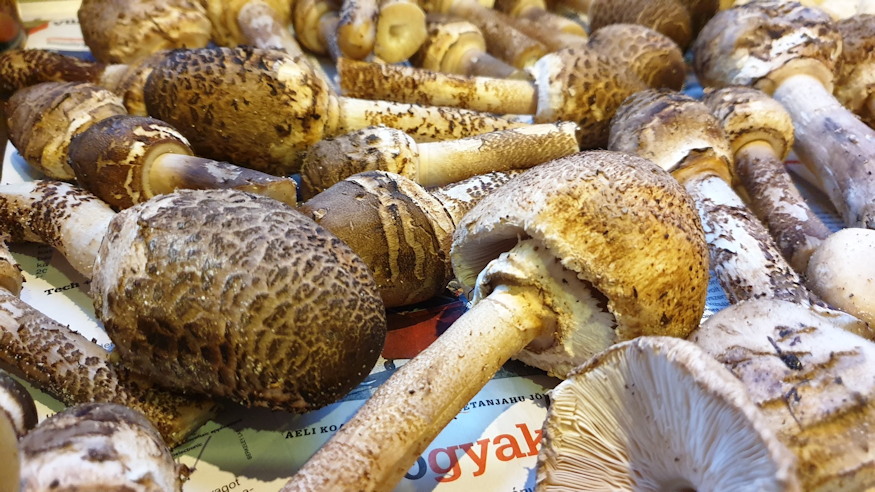
Mushroom foraging isn’t just about gathering nature’s gifts; it’s a meditative journey away from daily chaos, fostering a deeper connection with the natural world. Identifying and collecting the parasol mushroom is an enriching experience, strengthening our bond with the Earth and nourishing both body and soul.



